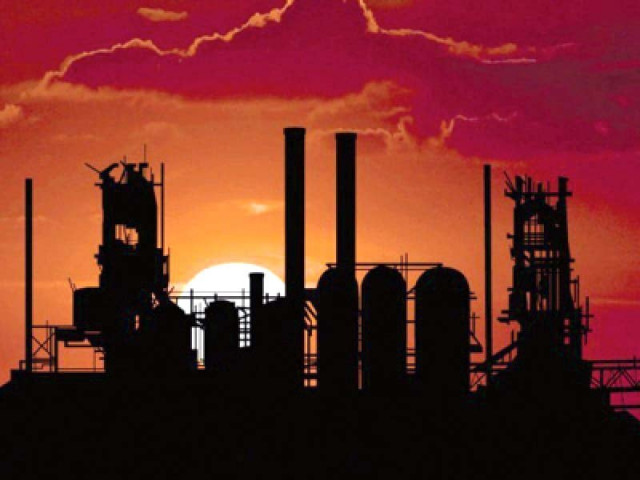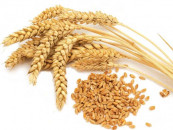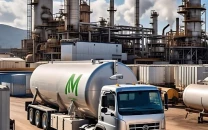LSM grows 5.5%, raising hopes of economic revival
Growth in line with government’s expectations of recovery

The country’s big industries grew at a pace of 5.5% in the first four months of current fiscal year, which is in line with government’s expectations of economic recovery but the index still stands below pre-coronavirus outbreak levels.
The Large-Scale Manufacturing (LSM) sector registered a cumulative growth of 5.5% in July-October of current fiscal year, reported the Pakistan Bureau of Statistics (PBS) on Tuesday.
October was the second successive month when the index grew over the previous month, raising hopes that the momentum could continue in the midst of the second wave of Covid-19 in Pakistan.
Out of 15 major industries, nine sectors again recorded a surge in production while output of six industries contracted in the first four months of current fiscal year compared to the same period of previous year, according to the PBS.
The government expects 2.5% contraction in the LSM sector in the current fiscal year, according to the Annual Plan 2020-21 released by the Ministry of Planning and Development on the eve of federal budget. But the Ministry of Finance’s estimates suggest that instead of contraction, the LSM sector may grow 1.4% in the fiscal year.
Because of better-than-expected output in the industrial and agriculture sectors, the Ministry of Finance now expects economic growth to remain in the range of 2.6% to 2.8% in the current fiscal year - better than the official target of 2.1%. The industrial sector, which was earlier projected to grow only 0.1% by the government, may now grow at a rate of 2.1%.
The country’s economy is gradually emerging from the deep recession caused by the hard stabilisation process earlier and more recently by the impact of Covid-19, wrote Dr Hafiz Pasha, former finance minister, in a newspaper on Tuesday.
“Unfortunately, the government does not have the fiscal space to stimulate further the pace of economic activity. People have had to live with falling real per capita income three years running,” stated Pasha.
LSM recorded 6.7% year-on-year growth in October but the index was still below pre-coronavirus level of 160.2 points recorded in March this year.
On a yearly basis, the petroleum sector contracted 0.1% in October over the same month of previous year. Provincial bureaus also reported a nominal growth of less than 1% in 11 industries. On a month-on-month basis, the LSM sector showed 3.4% growth in October over September.
Prime Minister Imran Khan won the July 2018 elections on the promise of creating 10 million jobs and constructing five million homes at affordable prices but the promises have remain unfulfilled so far. With the current sluggish economic growth, there will be increase in poverty and unemployment in the remaining tenure of the government.
Pakistan needs 6-7% annual economic growth to reduce poverty and unemployment, according to independent economic experts.
Data collected by the Oil Companies Advisory Committee (OCAC) showed that 11 types of industries registered an average growth of just 0.1% in the first four months of current fiscal year.
The Ministry of Industries, which monitors 15 industries, reported 3.7% growth in the LSM output. Provincial bureaus reported a growth of 1.6% in 11 industries in four months, according to the PBS.
Sectors that posted growth during the July-October period included textile that grew 2.2% and non-metallic mineral products that soared 22.9%.
However, the output of power looms slumped 41.7% in four months, contrary to the media hype generated about utilisation of power looms at full capacity.
The fertiliser sector grew 6% whereas the food, beverages and tobacco group expanded 12.2% in the four-month period under review.
The manufacturing of chemical products increased 9.2%, paper and board 10.4% and rubber products 3.3%. The pharmaceutical sector registered a growth of 13.5% in the July-October period. Output of the coke and petroleum sector increased 1.6%.
Industries that registered a dip in manufacturing included the automobile sector, which saw a contraction of 1.6% but the pace of negative growth slowed down.
Iron and steel production fell 5.4%, electronics 23%, leather products 43%, engineering products 34% and wood products 64% during the July-October period.
Published in The Express Tribune, December 16th, 2020.
Like Business on Facebook, follow @TribuneBiz on Twitter to stay informed and join in the conversation.


















COMMENTS
Comments are moderated and generally will be posted if they are on-topic and not abusive.
For more information, please see our Comments FAQ